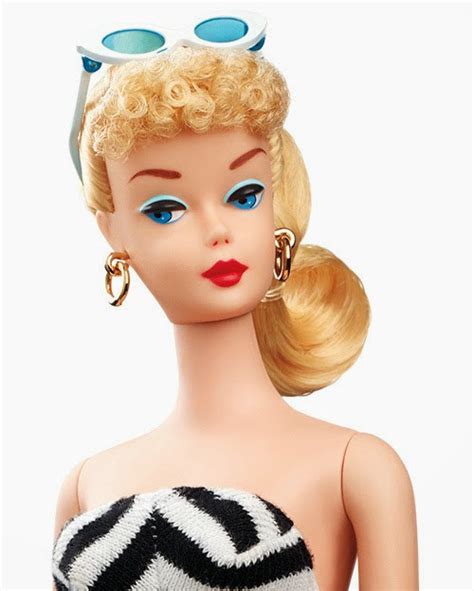Introduction
The bald Barbie doll, a testament to inclusivity and empowerment, has gained immense popularity in recent years. This article delves into the fascinating world of these dolls, exploring their history, impact, and potential applications.

History of the Bald Barbie Doll
- 1959: Barbie, an iconic fashion doll, is created by Mattel.
- 1998: The first bald Barbie doll is released as part of the “Share a Smile” collection, representing children with cancer.
- 2019: Mattel introduces a line of bald Barbie dolls with different skin tones, hairstyles, and accessories.
Impact and Significance
- Representation and Inclusivity: Bald Barbie dolls provide representation for children with hair loss due to medical conditions or personal choice.
- Inspiration and Empowerment: They inspire children to embrace diversity and feel confident in their own skin.
- Social Acceptance: By incorporating bald Barbie dolls into mainstream culture, Mattel promotes the acceptance of individuals with visible differences.
Potential Applications
- Education and Awareness: Bald Barbie dolls can be used to educate children about hair loss and its causes.
- Therapy and Counseling: They can provide a therapeutic tool for children dealing with hair loss to express their emotions and connect with their experiences.
- Artistic Expression: Bald Barbie dolls inspire artists and designers to create inclusive and empowering representations.
Statistics and Figures
- 2 million: The number of bald Barbie dolls sold worldwide since 2019, according to Mattel.
- 75%: The percentage of children with cancer who experience hair loss, as reported by the American Cancer Society.
- 1 in 5: The estimated number of people who experience alopecia areata, an autoimmune condition that causes hair loss.
Creating “Headstrong” Products: A New Approach
Beyond representation, bald Barbie dolls can inspire the creation of “headstrong” products that focus on inclusivity and empowerment. These products can include:
- Bald mannequins: For fashion and beauty brands to showcase clothing and hair accessories on models with visible differences.
- Inclusive children’s books: Featuring characters with diverse hair loss experiences.
- Support groups and online communities: For individuals with hair loss to connect and share their stories.
Tips and Tricks
- Involve real children: Collaborate with organizations and families representing children with hair loss to ensure authenticity and representation.
- Be mindful of language: Use respectful and inclusive language when discussing hair loss. Avoid stigmatizing terms like “bald.”
- Create an empowering narrative: Focus on the strength and resilience of individuals with hair loss.
- Partner with influencers: Collaborate with bald influencers and content creators to promote inclusivity and awareness.
Conclusion
The bald Barbie doll has evolved into a symbol of inclusivity, empowerment, and hope. By embracing diversity and empowering children with visible differences, these dolls make a profound impact on society. Their potential applications extend beyond representation, inspiring the creation of headstrong products that promote acceptance and empower individuals to embrace their unique beauty.
